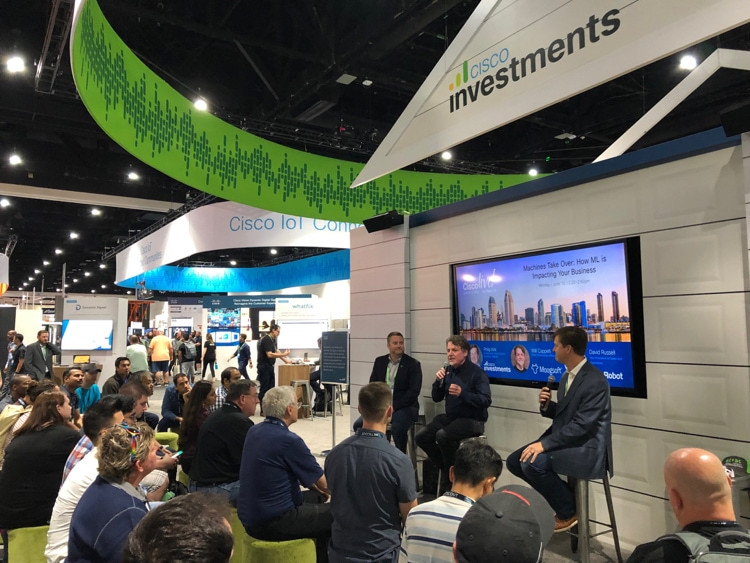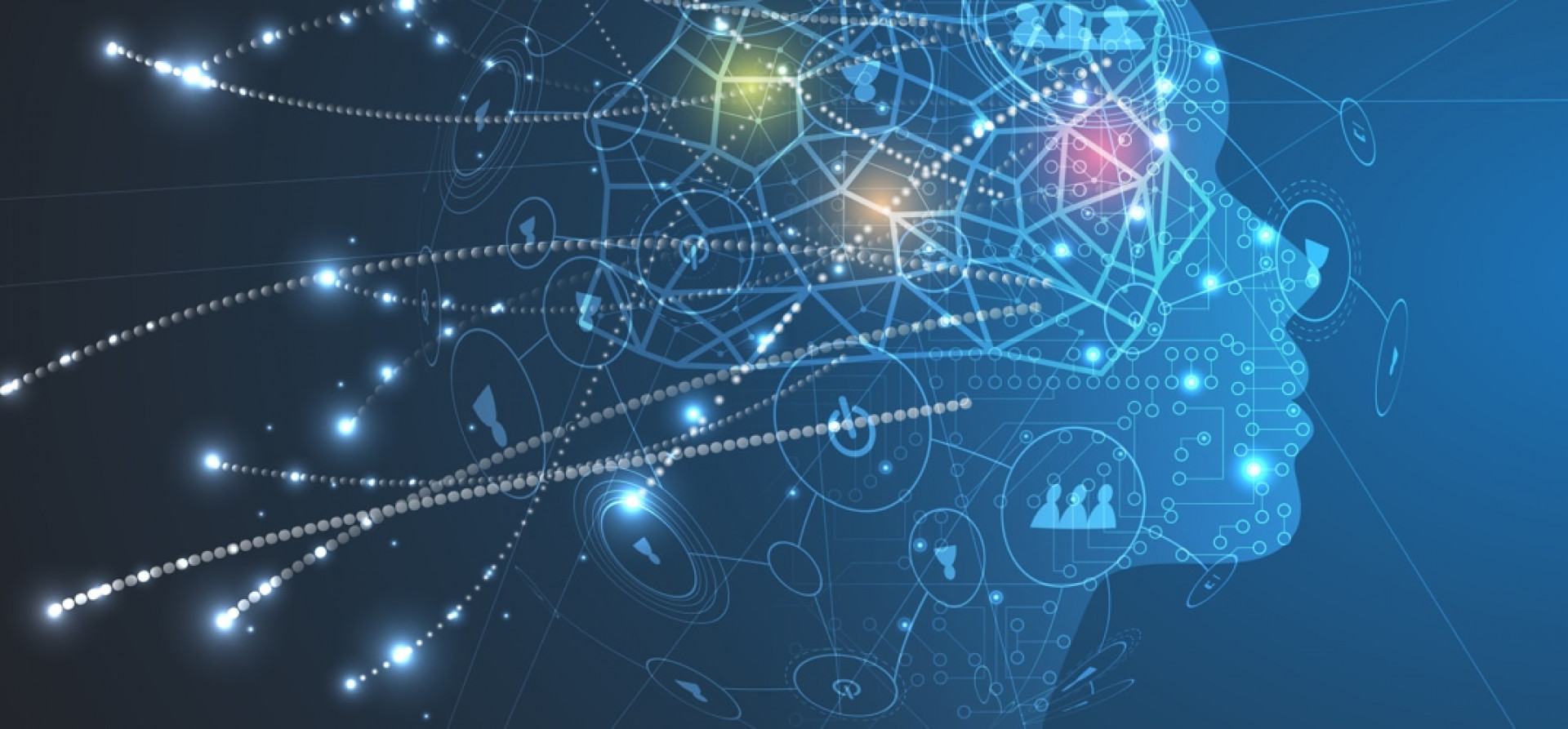Moogsoft and DataRobot CTOs demystify AI at Cisco Live
At this year’s CiscoLive San Diego, I was excited to host Will Capelli (CTO, Moogsoft) and Dave Russell (CTO, DataRobot) for a panel at our Cisco Investments Village. The theme? “The Machines Take Over.”
It’s hard to rise above the noise at CiscoLive, so were a bit flippant in the title. But the truth is we are in the middle of a massive AI hype cycle - even pop stars on TV commercials are singing the glories of AI.
But in this climate of misinformation and misperceptions, our panelists came through with clarity and insights.
First things first: Let’s define AI
Artificial intelligence. Machine learning. Neural networks. These words are getting tossed around on a daily basis - but does anyone even know what they mean?
In our discussion, Moogsoft’s Capelli defined AI as consisting of five algorithmic types:
Data selection: picking from a vast volume of ever-changing datasets
Pattern discovery: uncovering patterns from massive amounts of data
Predictive: taking the patterns as input and using them to make inferences about the future
Communication: natural language algorithms, smart visualization algorithms, anything that takes the results of selection, pattern discovery, and inference, and then communicates to another human or, increasingly, digital agents and robots
Algorithms associated with Robotics: where we move from pure runbook automation to context-aware automation driven by the understanding yielded via dataset selection, pattern discovery, inferencing, and communication
At Moogsoft, Capelli says they’re focused on applying AI to IT operations – creating the new AIOps market. Moogsoft’s data selection, pattern discovery, and inference algorithms unify and rationalize monitoring systems across IT. Then the communication and automation algorithms are put to work to take action, integrating service management, automation, and smart alerting systems.

Bringing AI to the masses: democratization of data
The lack of clear definitions helps to perpetuate confusion. Companies often think you need an army of data scientists to make sense of the data, and feel it will be an even longer time before AI actually changes the business.
Dispelling this myth, companies like DataRobot are bringing AI to the masses. Dave Russell, DataRobot, explained that the company is “creating a new brand of employee called ‘citizen data scientists’.” By using AI to automate the machine learning process, general knowledge workers become ‘citizen data scientists’ and create advanced analytic models without having to learn to code or understand when and how to apply certain algorithms.
“I think we’re in the early days of AI adoption,” said Russell. “We’re seeing more organizations with a centralized data science organization. But it’s the end users — the citizen data scientists in customer service, marketing, in all the lines of business — that will really supercharge adoption as they engage and see results.”
What dreams may come
We’re all eager to see what the future will hold. Russell thinks there will be billions and billions more discrete AI systems optimizing decisions in the next three to five years. “I don’t think we can even imagine what the world will look like,” he said as we concluded the panel.
Data is continuing to grow and the demand for machine learning and analytics to derive insight is only increasing.
Are we reaching the Singularity? Not quite yet. But we might be able to predict when it’ll arrive.
